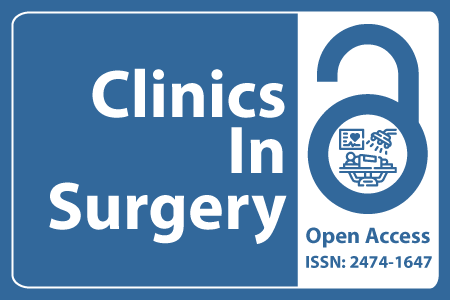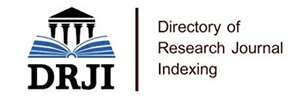
Journal Basic Info
- Impact Factor: 1.995**
- H-Index: 8
- ISSN: 2474-1647
- DOI: 10.25107/2474-1647
Major Scope
- Transplant Surgery
- Gynecological Surgery
- Plastic Surgery
- Gastroenterological Surgery
- Surgical Oncology
- Endocrine Surgery
- Oral and Maxillofacial Surgery
- Robotic Surgery
Abstract
Citation: Clin Surg. 2017;2(1):1442.Case Report | Open Access
Pheomochromoblastoma: Case of 19-Year Follow-Up Study
Tronko MD, Kvachenyuk AM, Kovalenko AY, Bolgov MY, Tarashchenko YM, Zinych PP, Omelchuk AV and Guda BB
Department of Endocrine Surgery, State Institution “V.P. Komisarenko Institute of Endocrinology and Metabolism, Natl. Acad. Med. Sci. Ukraine
*Correspondance to: Andrey Kvachenyuk
PDF Full Text DOI: 10.25107/2474-1647.1442
Abstract
Catecholamine-secreting tumors are one of the most complex and, at the same time, interesting problems of endocrinology. So far, the morphological criteria of malignancy of catecholaminesecreting tumors remain complex, and evidence of malignancy may manifest several years after a successful operation. It presents an interesting clinical case of a long 19-year follow-up of patients with primary inoperable pheochromoblastoma. After the radiotherapy, polychemotherapy, endovascular occlusion of tumor vessels, which subsequently reduced the signs of tumoral invasion and made possible a complete surgical removal of the tumor. The only radical method for treatment of catecholamine-secreting tumors is surgery. However, in the case of inoperable primary tumor is necessary radiotherapy and polychemotherapy.
Keywords
Cite the article
Tronko MD, Kvachenyuk AM, Kovalenko AY, Bolgov MY, Tarashchenko YM, Zinych PP, et al. Pheomochromoblastoma: Case of 19- Year Follow-Up Study. Clin Surg. 2017; 2: 1442.













